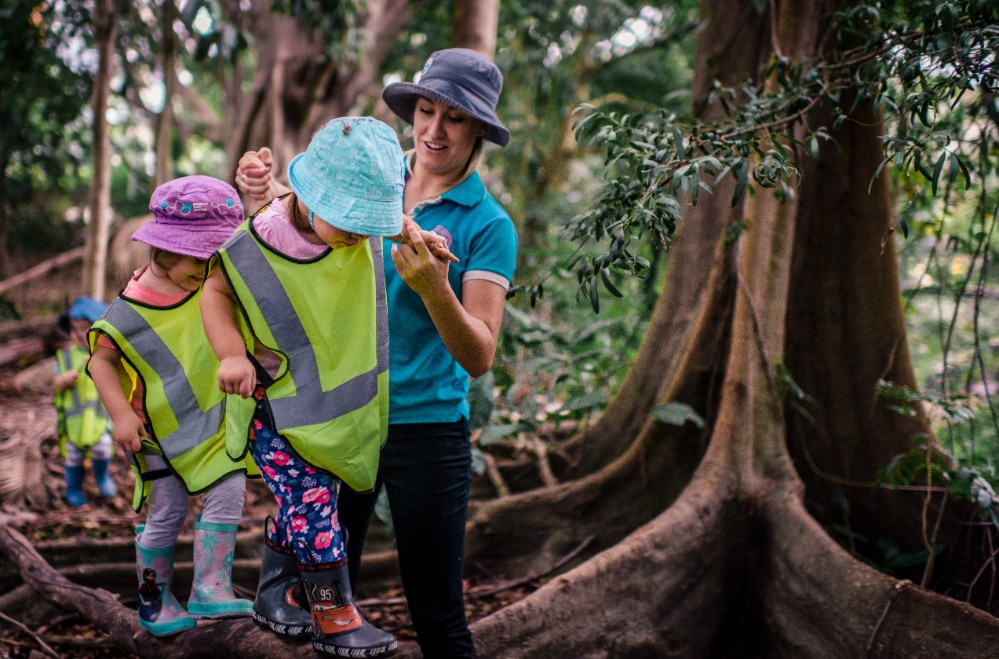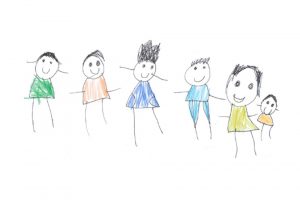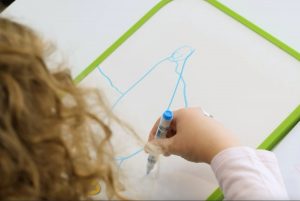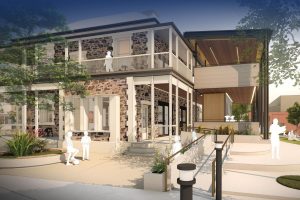Talk to most adults these days about their early years and they’ll tell you stories about climbing trees, building cubby houses and making mud pies.
They weren’t just having fun and playing outside – they were making decisions about taking risks and learning from their mistakes.
Fast forward 30 years and rather than spending time outside playing, research reveals the average eight-year-old has already spent one year of their life in front of a digital screen, choosing the indoors over the outdoors.
Other research reveals more than 80 per cent of children don’t meet the physical activity guidelines of 60 minutes of exercise a day.
We’ve had a chat with Goodstart Early Learning’s General Manager, Pedagogy and Practice, Sue Robb, and she explained that not only is physical activity vital for development, but it also encourages risk taking.
“We know that encouraging children to take risks in a safe environment is a good way to build confidence and self-belief,” says Sue.
“As an early learning provider, one of our responsibility at Goodstart Early Learning is to ensure that the risks children are exposed to are as safe as they are possible.
“For example, children exploring an obstacle trail where all the equipment is well grounded and there is adequate supervision allows the children to take a risk as well as learning to balance,” explained Sue.
“When children have strong balance, it helps them with jumping, with riding a bike and learning to surf and ski and many other things that children enjoy and love.”
Sue went on to explain that most people and children have a built-in policeman that lets them know their risk appetite.
“Many children know when they don’t want to climb any higher or travel further away from their parents. It’s our opportunity to support children to thrive as learners and rounded human beings to take a risk, learn from mistakes and be bold in what you want.
“These are all life lessons that will help them as they grow and develop. It builds confidence and a sense of self belief in their own decision making,” says Sue.
Tips for encouraging risky play:
· Allow your child to learn to ride a scooter or bike on tarmac, on sand or on grass.
· Allow them to explore at the park within your sight, allowing safe boundaries to take risks, find their threshold and their tolerance.
· Let young children crawl around on different textures such as mud, sand and water to encourage physical development.
· Let them smell and taste a variety of textures and foods.
As Australia’s largest social enterprise, Goodstart Early Learning is committed to ensuring all children have the learning, development and wellbeing outcomes they need for school and life. This includes having access to physical experiences which will support their development.
Head to their website goodstart.org.au or call 1800 222 543 to find your nearest centre and learn more about how you can join one of their happy little communities.






